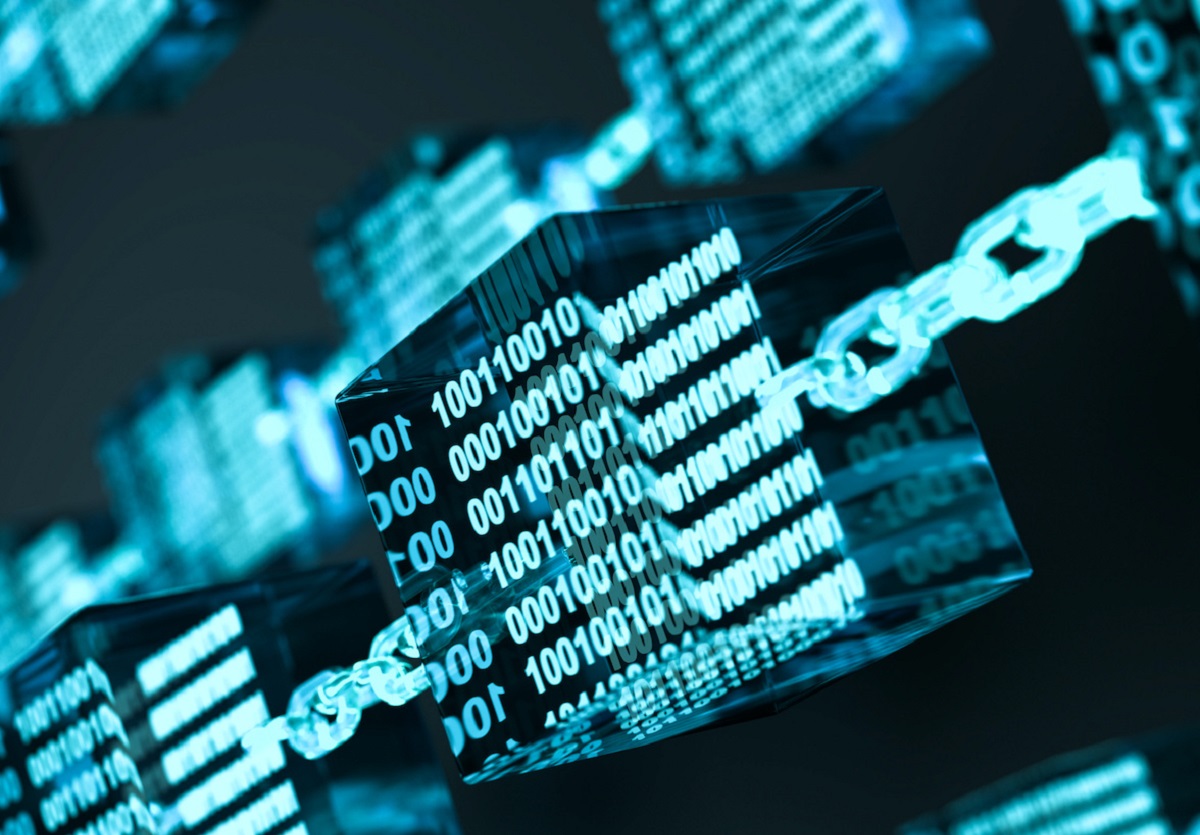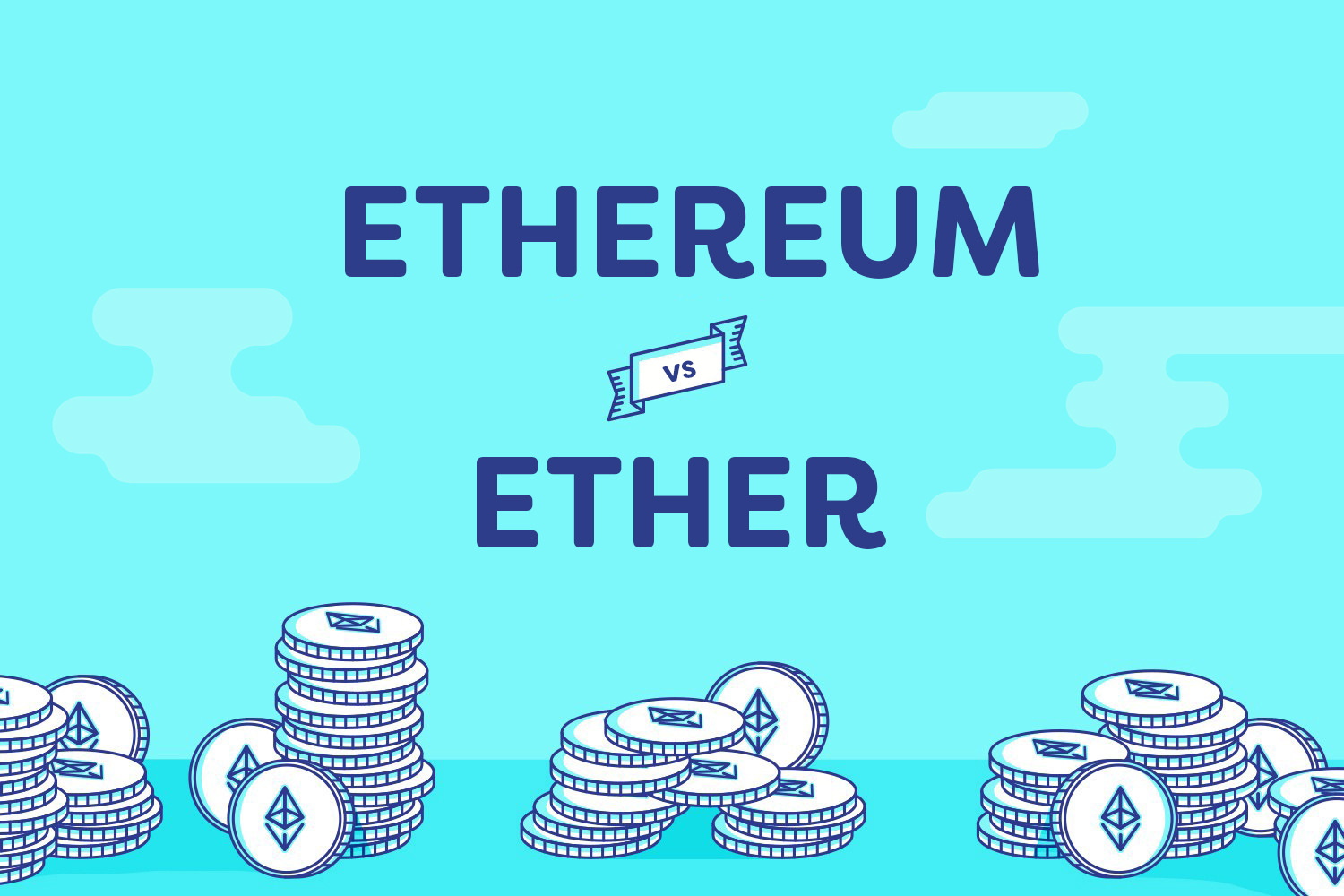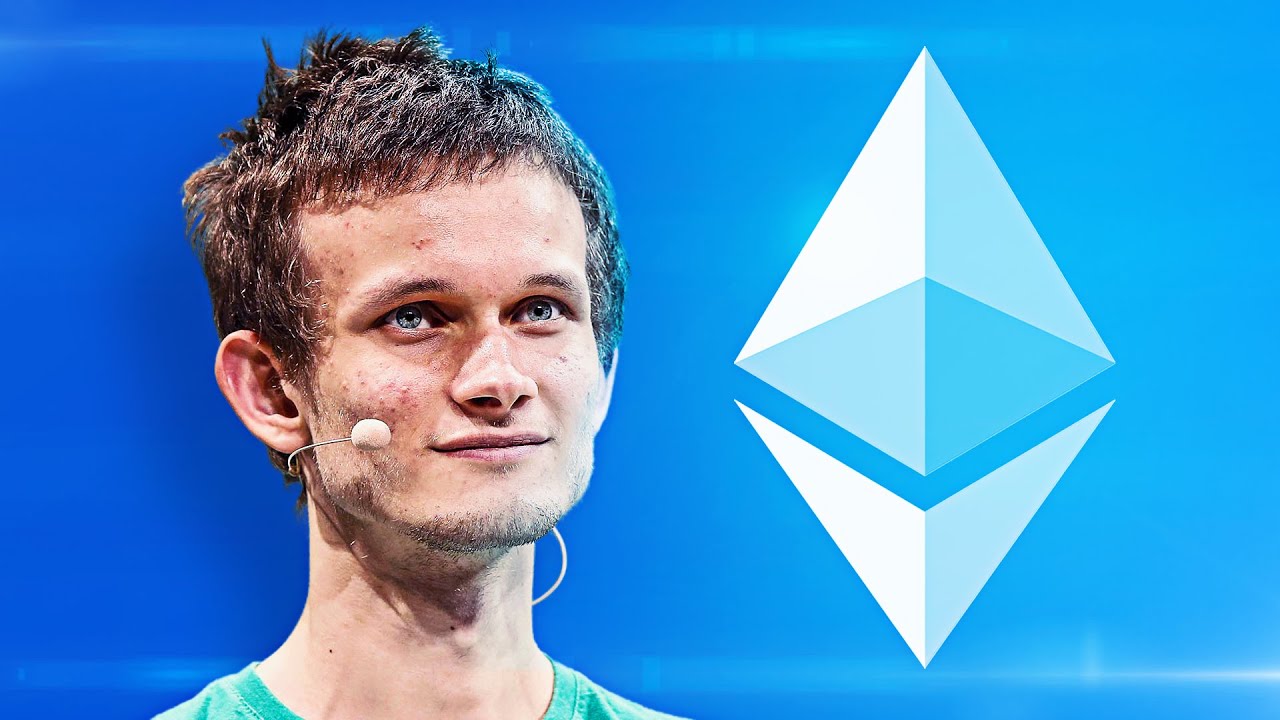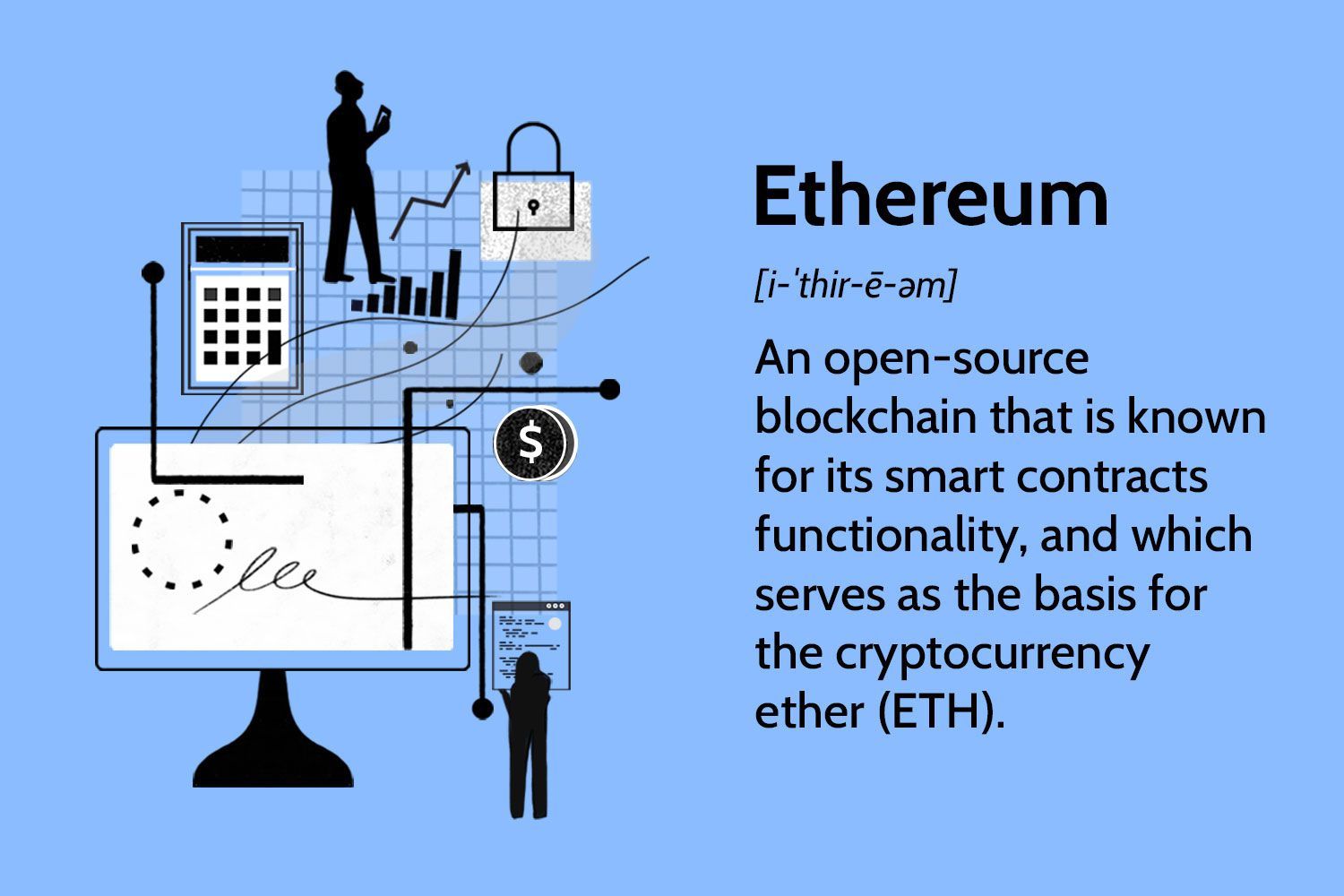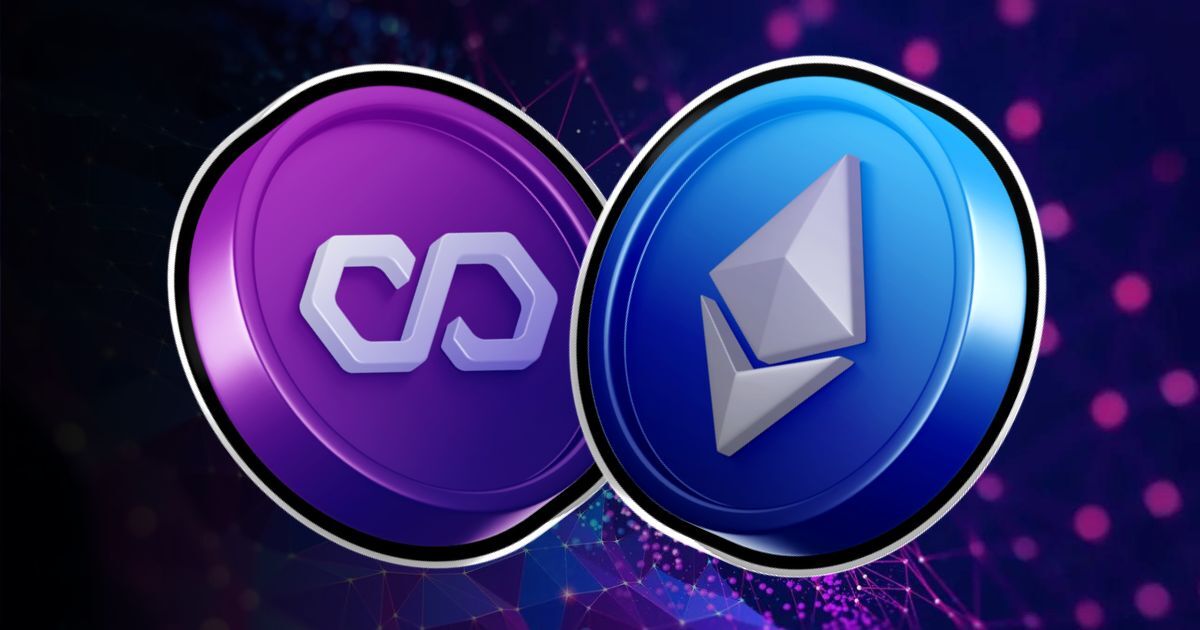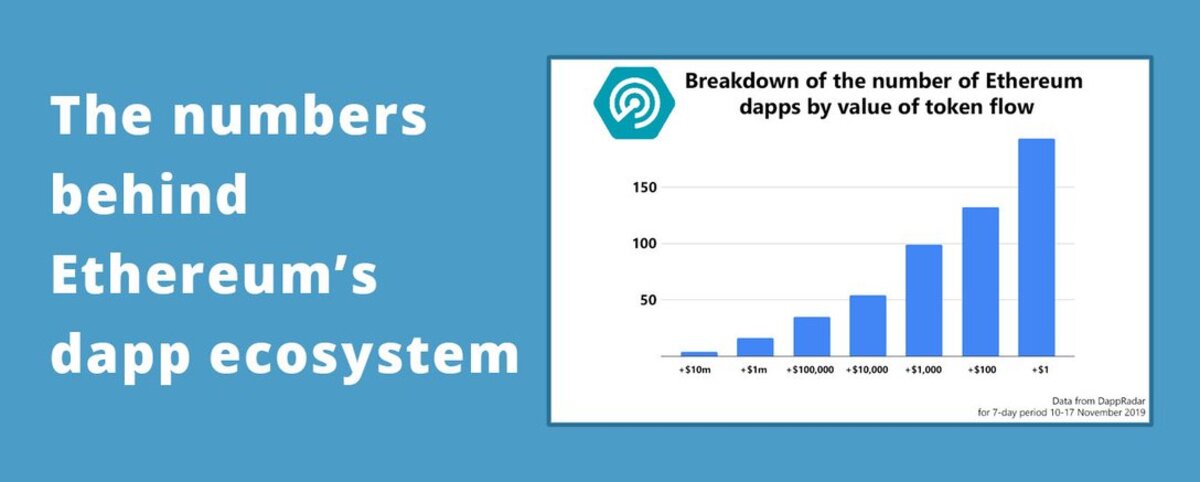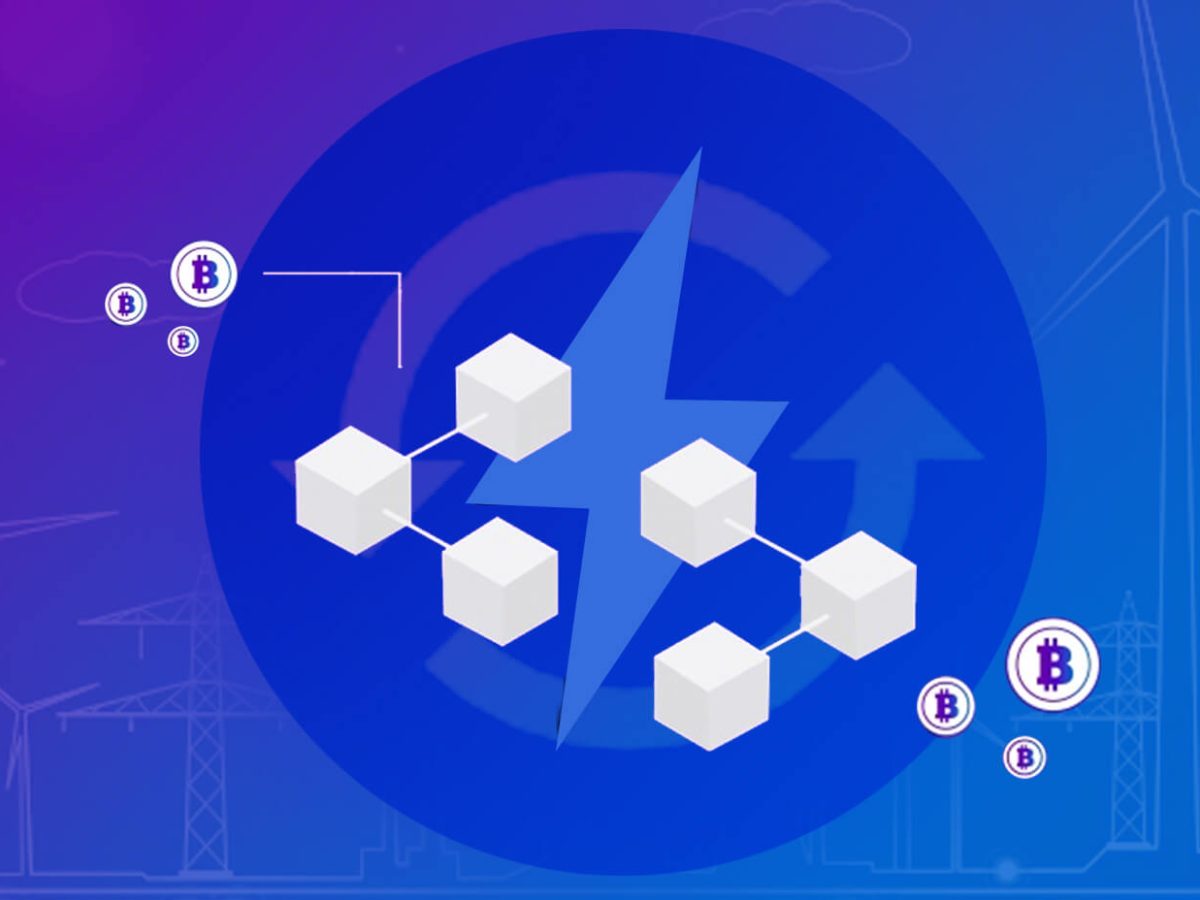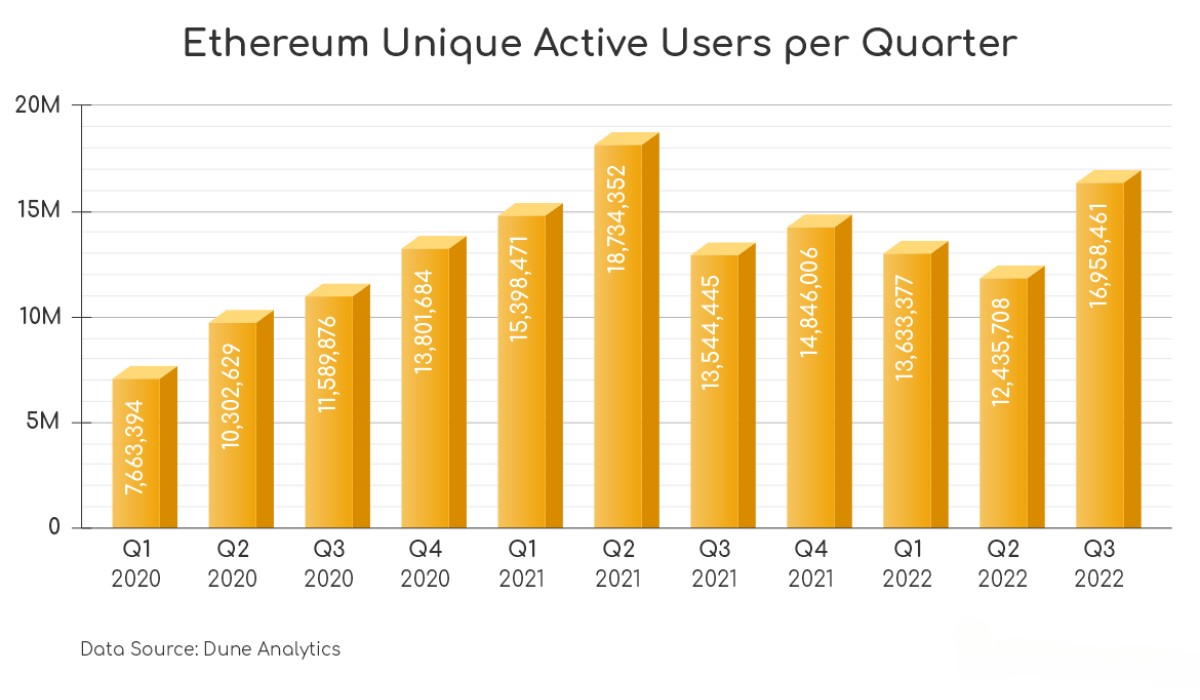Introduction
Distributed Applications, commonly known as DApps, have been gaining significant traction in recent years. These applications utilize blockchain technology to offer decentralized and transparent solutions to various industries including finance, gaming, supply chain, and more. At the heart of DApps lie smart contracts, which enable the automation and execution of predefined terms and conditions without the need for intermediaries.
Smart contracts serve as the building blocks of DApps, allowing for secure and efficient interactions between different entities within the network. These self-executing contracts, encoded on the blockchain, ensure that transactions are processed accurately and transparently. The use of smart contracts in DApps brings numerous benefits, such as increased trust, immutability, and cost-efficiency.
While the concept of smart contracts itself is fascinating, one question that arises is: how many smart contracts do DApps typically use? The answer to this question varies depending on various factors, including the complexity of the DApp, its intended functionality, and the specific requirements of the application.
In this article, we will dive deeper into the world of DApps and explore the factors that determine the number of smart contracts used in these applications. We will also discuss the design considerations for implementing smart contracts in DApps and the benefits and challenges associated with using multiple smart contracts.
By understanding the dynamics of smart contract usage in DApps, developers and stakeholders can make informed decisions to optimize the functionality and performance of their decentralized applications. So, let’s embark on this journey to uncover the intricacies of smart contracts and their role in the world of DApps.
What are DApps?
Distributed Applications, or DApps, are decentralized applications that run on a blockchain network. Unlike traditional applications that rely on a central server, DApps operate on a peer-to-peer network, allowing for direct interactions between users without the need for intermediaries. The blockchain technology used in DApps ensures transparency, security, and immutability by recording all transactions on a distributed ledger.
DApps have gained popularity due to their ability to transform various industries and address challenges associated with centralization. They offer a range of applications, including finance, gaming, social networking, supply chain management, and more.
One of the defining characteristics of DApps is their open-source nature. This means that the code underlying the application is open for anyone to access, examine, and contribute to. This fosters collaboration and innovation within the community and ensures a higher level of trust and transparency.
Another key aspect of DApps is the use of tokens or cryptocurrencies for transactions within the application. These tokens are typically based on the blockchain technology used in the DApp and enable secure and efficient value exchange between users.
To access a DApp, users usually need a compatible wallet or browser extension that connects to the blockchain network. This allows them to interact with the DApp’s interface, perform transactions, and participate in the application’s ecosystem.
Overall, DApps are revolutionizing the way applications are developed and used. They provide a decentralized and transparent alternative to conventional applications, empowering users and fostering innovation in a wide range of industries.
What are smart contracts?
Smart contracts are self-executing digital contracts that are coded with predefined rules and conditions. These contracts are stored and executed on a blockchain network, ensuring transparency, security, and immutability. The concept of smart contracts was introduced by Nick Szabo in the 1990s, but it was truly realized with the advent of blockchain technology.
Smart contracts eliminate the need for intermediaries by automating the execution of agreements between parties. Once the conditions encoded within a smart contract are met, the contract is executed automatically without the need for human intervention. This not only streamlines the process but also minimizes the potential for errors and disputes.
The execution of a smart contract depends on the fulfillment of predefined conditions. These conditions can include specific dates, events, or even the exchange of certain digital assets. For example, a smart contract for a real estate transaction may only execute once the buyer has transferred the agreed-upon amount of cryptocurrency to the seller’s wallet.
The code of a smart contract is typically written in a programming language specifically designed for smart contracts, such as Solidity for Ethereum. This code is then deployed on the blockchain network, where it becomes immutable and transparent. Any changes or updates to the smart contract require a consensus from the network’s participants.
Smart contracts are not only limited to financial transactions but can also be used to automate various aspects of business operations. For instance, supply chain management can benefit from smart contracts by enabling transparent tracking of goods from the point of origin to the end consumer.
Overall, smart contracts revolutionize the way agreements are made and executed. By leveraging blockchain technology, these contracts provide a secure, efficient, and trustless method of conducting transactions, reducing costs and mitigating risks associated with traditional contract management.
Importance of smart contracts in DApps
Smart contracts play a pivotal role in the functionality and success of decentralized applications (DApps). They offer numerous benefits that contribute to the adoption and growth of DApps in various industries. Below are some key reasons why smart contracts are crucial for DApps:
1. Trust and Security: Smart contracts provide a high level of trust and security within DApps. The use of blockchain technology ensures that transactions and agreements recorded in smart contracts are immutable and tamper-proof. This helps to eliminate the need for intermediaries and reduces the risk of fraud or manipulation.
2. Transparency: Smart contracts enhance transparency by allowing all participants in a DApp network to view and verify the terms and conditions of the contract. This transparency fosters trust among users and ensures fairness in the execution of transactions.
3. Efficiency: By automating contract execution, smart contracts eliminate the need for manual intervention and streamlines processes. This improves efficiency and reduces the time and costs associated with traditional contract management.
4. Cost-effectiveness: Smart contracts eliminate the need for intermediaries such as lawyers or brokers, resulting in lower transaction costs. The automation and self-execution of contracts eliminate the need for intermediaries’ fees, making DApps more affordable and accessible to users.
5. Programmability: Smart contracts are programmable, allowing developers to customize the contract based on the specific needs of the DApp. This flexibility enables innovative functionalities and opens up opportunities for new business models and applications within the DApp ecosystem.
6. Decentralization: Smart contracts enable DApps to operate in a decentralized manner, without relying on a central authority. This decentralized nature helps to distribute power among participants and ensures that no single entity has control over the DApp, making it resistant to censorship and single points of failure.
Factors that determine the number of smart contracts used in DApps
The number of smart contracts utilized in a decentralized application (DApp) can vary depending on several factors. Below are some key factors that determine the number of smart contracts used in DApps:
1. DApp Complexity: The complexity of a DApp plays a significant role in determining the number of smart contracts needed. A simple DApp with basic functionality may require only one or a few smart contracts to handle its operations. On the other hand, a complex DApp with multiple features and complex interactions may require a larger number of smart contracts to accommodate its functionalities.
2. Functionality: The intended functionality of a DApp influences the number of smart contracts used. Different aspects of a DApp, such as user registration, payment processing, data storage, and governance, may require separate smart contracts to handle each specific task. For example, a crowdfunding DApp may have one smart contract for accepting contributions, another for managing token distribution, and yet another for tracking campaign progress.
3. Scalability: The scalability requirements of a DApp can impact the number of smart contracts used. As DApps grow in user base and transaction volume, additional smart contracts may be needed to distribute the workload and ensure efficient processing of transactions. This allows for horizontal scaling by dividing different tasks among multiple smart contracts.
4. Interoperability: If a DApp needs to interact with other DApps or external systems, it may require additional smart contracts to facilitate the interoperability. These contracts act as bridges to communicate and exchange data between different blockchain networks or traditional systems.
5. Regulatory Compliance: Depending on the industry and jurisdiction, certain DApps may need to comply with specific regulations. This can result in the need for additional smart contracts to handle compliance-related tasks, such as identity verification, KYC (Know Your Customer) procedures, or data privacy requirements.
6. Upgradability: DApps that require frequent updates or modifications may utilize multiple smart contracts to enable smooth upgradability. By separating different functions into distinct smart contracts, developers can upgrade or replace specific components without affecting the entire DApp.
7. Resource Optimization: Sometimes, the number of smart contracts used in a DApp may be influenced by resource optimization considerations. For example, multiple smart contracts may be employed to distribute computation or storage tasks across the network, improving performance and reducing the burden on individual smart contracts.
It’s important to note that while these factors inform the number of smart contracts used in a DApp, developers must also consider the design considerations and trade-offs associated with managing multiple smart contracts effectively.
Design considerations for smart contracts in DApps
Designing smart contracts in decentralized applications (DApps) requires careful consideration to ensure efficiency, security, and optimal performance. Below are some key design considerations to keep in mind when developing smart contracts for DApps:
1. Modularity: Breaking down the functionality of a DApp into modular smart contracts provides flexibility, reusability, and easier maintenance. By separating different aspects of the application, developers can modify or upgrade specific components without impacting the entire DApp. This approach also enables faster development and promotes code readability.
2. Gas optimization: Gas is a measurement unit that determines the computational cost of executing transactions and smart contracts in Ethereum-based DApps. Smart contract developers need to optimize their code to minimize gas usage and make the DApp more cost-effective for users. Techniques such as reducing storage operations, optimizing loop iterations, and minimizing external function calls can help in gas optimization.
3. Security: Smart contracts should be designed with utmost security in mind. Implementing secure coding practices, conducting thorough code audits, and adhering to industry standards can help mitigate vulnerabilities such as reentrancy attacks, unhandled exceptions, or unauthorized access. Additionally, incorporating multi-signature mechanisms for critical operations and implementing access control mechanisms can enhance the security of smart contracts.
4. Upgradeability: DApps may need upgrades or bug fixes over time. Designing smart contracts with upgradeability in mind is crucial to ensure seamless transitions without disrupting the DApp’s functionality. Methods such as implementing proxy contracts, using versioning techniques, and incorporating upgrade functionalities can enable smooth upgrades without compromising the integrity of the DApp.
5. User Experience: The user experience of a DApp heavily depends on the usability of its smart contracts. Designing smart contracts with user-friendly interfaces and intuitive functionalities can enhance user adoption and engagement. Clear documentation, error handling, and event notifications within the smart contract code can facilitate a smooth and pleasant user experience.
6. Interoperability: If interoperability with other DApps or external systems is required, it is essential to design smart contracts that can communicate effectively with different blockchain networks or traditional systems. Following common interface standards or implementing bridges and adapters can ensure seamless data exchange and interoperability.
7. Compliance: Smart contracts may need to adhere to specific regulations depending on the industry or jurisdiction. Considering compliance requirements during the design phase can help integrate necessary features such as KYC (Know Your Customer) procedures, data privacy controls, or audit trails, ensuring that the DApp remains compliant with relevant legal frameworks.
By considering these design considerations, developers can create robust, efficient, and user-friendly smart contracts that contribute to the overall success of the DApp and enhance the experience for users.
Benefits of using multiple smart contracts in DApps
Using multiple smart contracts in decentralized applications (DApps) offers several benefits. By dividing the functionality of a DApp into multiple smart contracts, developers can enhance modularity, scalability, security, and upgradability. Here are some key advantages of using multiple smart contracts in DApps:
1. Modularity: Dividing the functionality of a DApp into separate smart contracts promotes modularity. Each smart contract can be responsible for a specific task or feature within the DApp. This modular approach simplifies development, debugging, and maintenance, as each smart contract can be designed, tested, and deployed independently. Additionally, modularity allows for easier scalability as individual smart contracts can be scaled independently to handle increased transaction volume.
2. Security: Using multiple smart contracts can enhance the security of a DApp. Each contract can focus on a specific functionality, reducing the attack surface and potential vulnerabilities. By isolating different parts of the DApp’s logic into separate smart contracts, the impact of a security breach can be localized, minimizing the damage to the overall system. Additionally, using multiple contracts allows for more granular access control and permission management, further strengthening security measures.
3. Interoperability: Having multiple smart contracts facilitates interoperability between DApps and external systems. Contracts can be designed to communicate and exchange data with each other, allowing for seamless integration between different DApps or integration with traditional systems. This interoperability opens up new possibilities for collaboration, data sharing, and the creation of more complex and interconnected decentralized applications.
4. Upgradability: Using multiple smart contracts enables easy upgradability of a DApp. Instead of updating the entire DApp, developers can selectively upgrade individual smart contracts, adding features or fixing bugs without affecting the entire system. This allows for smooth and continuous enhancements to the DApp over time, ensuring that it remains up to date and adaptable to changing market demands.
5. Resource Optimization: Distributing the workload across multiple smart contracts can optimize resource usage within a DApp. Complex or resource-intensive tasks can be allocated to specific contracts, improving performance and reducing the burden on individual contracts. This ensures efficient utilization of computational resources and enhances the overall scalability and responsiveness of the DApp.
6. Flexibility and Modifiability: Having multiple smart contracts offers flexibility and modifiability to a DApp. Developers can easily modify or replace specific contracts without impacting the overall functionality. This allows for easier experimentation, the addition of new features, and the removal of deprecated functionality, ensuring that the DApp remains agile and adaptable to evolving user needs.
7. Accountability and Governance: Multiple smart contracts can facilitate accountable governance within a DApp ecosystem. Contracts can be designed to handle voting, decision-making processes, or fund management, providing transparent and auditable mechanisms for community participation and control over the DApp’s operations.
Incorporating multiple smart contracts within a DApp offers numerous advantages, including improved modularity, scalability, security, upgradability, resource optimization, flexibility, and governance. By leveraging these benefits, developers can create robust and adaptable decentralized applications that meet the needs of their users and drive the adoption of blockchain technology.
Challenges in managing multiple smart contracts in DApps
While using multiple smart contracts in decentralized applications (DApps) offers many benefits, it also poses certain challenges in terms of management and coordination. The following are some key challenges that developers may encounter when managing multiple smart contracts within a DApp:
1. Complexity: The more smart contracts a DApp utilizes, the more complex the overall system becomes. Coordinating and ensuring the proper interaction between multiple smart contracts requires careful design and implementation. Managing the complexity of the DApp and maintaining a clear understanding of the relationships and dependencies between the different contracts can be a significant challenge.
2. Contract Interoperability: Ensuring seamless interoperability and communication among multiple smart contracts can be challenging. Contracts may need to share data or trigger actions based on events from other contracts. Developers must carefully design the interfaces and data structures to enable efficient and secure communication between different contracts, especially when contracts are developed by different teams or for different purposes.
3. Data Consistency: Maintaining data consistency across multiple smart contracts can be tricky. In a decentralized environment, each contract has its own state, and ensuring that the data reflected in one contract is consistent with the data in another contract can be challenging. Developers must implement mechanisms to synchronize and reconcile data across contracts, preventing inconsistencies that could lead to incorrect or conflicting results.
4. Upgradability and Dependencies: Managing upgrades or modifications to multiple smart contracts can be complex. Changes to one contract may have dependencies on other contracts, and coordinating the deployment of updated versions across the DApp can be challenging. Developers must carefully consider the impact of one contract on others and ensure proper version control and compatibility to maintain the integrity and functionality of the DApp.
5. Testing and Debugging: Testing and debugging multiple smart contracts can be time-consuming and challenging. Each contract needs to be individually tested for functionality, security, and performance. Additionally, testing the interaction between different contracts, and identifying and resolving bugs or issues that arise from this interaction, requires thorough testing and debugging procedures.
6. Cost and Efficiency: Deploying and executing multiple smart contracts can have implications for cost and efficiency. Each contract execution incurs gas fees, and the cumulative cost of executing multiple contracts may become a concern. Developers must optimize gas usage and consider the overall efficiency and cost-effectiveness of the DApp when managing multiple smart contracts.
7. Governance and Consensus: Coordinating governance mechanisms and achieving consensus among multiple smart contracts can be challenging. Contracts may have different roles or responsibilities within the DApp, and ensuring that decisions made by different contracts align with each other and the overall governance protocols can be complex. Implementing effective mechanisms for consensus and coordination is crucial for the smooth operation of the DApp.
By understanding these challenges and addressing them effectively, developers can navigate the complexities of managing multiple smart contracts in DApps, ensuring the overall stability and functionality of the application. Thorough planning, proper design, and robust testing are essential to overcome these challenges and create successful DApps with multiple smart contracts.
Examples of popular DApps and their smart contract usage
The adoption of decentralized applications (DApps) has witnessed significant growth, with various industries harnessing the power of blockchain technology. Let’s explore some popular DApps and how they utilize smart contracts:
1. Uniswap: Uniswap is a decentralized exchange (DEX) DApp built on the Ethereum blockchain. It utilizes multiple smart contracts to enable automated token swaps and liquidity provision. Smart contracts handle trading pairs, ensure secure fund transfers, and execute token conversions, enabling users to trade digital assets without relying on intermediaries.
2. CryptoKitties: CryptoKitties is a blockchain-based game where players can buy, breed, and trade virtual cats. Each cat in the game is represented by a unique non-fungible token (NFT) stored on the Ethereum blockchain. Smart contracts manage the creation, ownership, and breeding of these CryptoKitties, enabling transparent and secure transactions between players.
3. MakerDAO: MakerDAO is a decentralized autonomous organization (DAO) that operates the stablecoin DApp called Dai. Smart contracts within MakerDAO manage the creation of Dai stablecoins, collateralization of Ethereum assets, and governance of the protocol. The smart contracts ensure stability and transparency in the Dai ecosystem, enabling users to trade and utilize a decentralized stablecoin.
4. Augur: Augur is a decentralized prediction market platform built on the Ethereum blockchain. It utilizes smart contracts to enable users to create and trade prediction shares on various real-world events. Smart contracts facilitate market creation, event resolution, and the payout of rewards based on the outcome, ensuring trustless and transparent prediction markets.
5. Aave: Aave is a decentralized lending and borrowing protocol on Ethereum. The platform, powered by smart contracts, allows users to lend and borrow various assets in a decentralized manner. Smart contracts handle loan agreements, interest rates, and collateral management, enabling users to access liquidity and earn interest on their deposited assets.
6. Golem: Golem is a decentralized marketplace for computing power. It enables users to rent their idle computing resources to perform complex computations. Smart contracts manage the interactions between users, ensuring secure and fair compensation for resource providers and enabling seamless utilization of computing power across the network.
7. 0x: 0x is a protocol for decentralized trading of ERC-20 tokens on Ethereum. It utilizes multiple smart contracts to enable peer-to-peer token exchanges. These contracts ensure secure and trustless token swaps, handling order matching, settlement, and fee distributions, allowing users to trade tokens directly with one another without relying on centralized exchanges.
These examples demonstrate the diverse applications of DApps and the role that smart contracts play in enabling their unique functionalities. By leveraging smart contracts, these DApps offer decentralized, transparent, and secure solutions in various industries, revolutionizing the way we conduct transactions, trade assets, and interact with digital platforms.
Conclusion
Distributed applications (DApps) and smart contracts have transformed the way we interact with digital platforms and conduct transactions. Smart contracts, operating on blockchain networks, provide transparent, secure, and efficient means of automating agreements and executing predefined conditions.
In this article, we explored the importance of smart contracts in DApps and how they enhance trust, security, and efficiency. We examined the factors that determine the number of smart contracts used in DApps, such as complexity, functionality, and scalability.
We also discussed the design considerations for smart contracts in DApps, including modularity, security, upgradability, and compliance. By carefully considering these factors during development, developers can create robust and user-friendly DApps.
The utilization of multiple smart contracts in DApps brings various benefits, including modularity, security, interoperability, upgradability, and resource optimization. However, managing multiple smart contracts also presents challenges, such as complexity, contract interoperability, data consistency, and cost optimization.
Through examples, we highlighted popular DApps and how they leverage smart contracts to provide innovative solutions in various domains, such as decentralized exchanges, gaming, stablecoins, prediction markets, lending platforms, and computing power marketplaces.
In summary, smart contracts are the backbone of decentralized applications, enabling secure and efficient interactions within blockchain networks. As the adoption of blockchain technology continues to grow, smart contracts will play a central role in revolutionizing industries and empowering individuals in the global digital economy.







